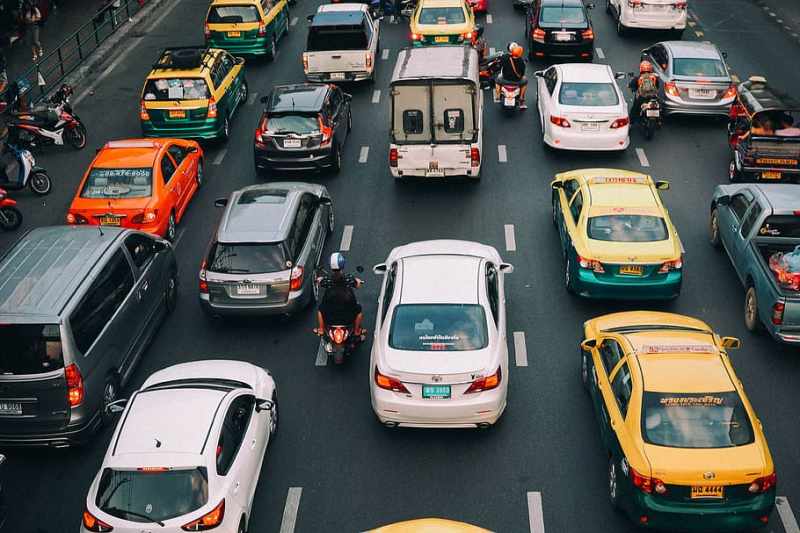The New York League of Conservation Voters recently put out its agenda for 2021, and a chief recommendation was reducing transportation emissions through cleaner fuels and electrification. We at Streetsblog were concerned that a cleaner car is still a car — with all of the automobile's attendant consequences for road violence, congestion, urban sprawl, city planning and public space management. So we offered the group's president a chance to address the issue directly.

It was recently announced that 2020 was one of the two warmest years on record. Unfortunately, we’ve set new emissions records year after year and are narrowing our time frame for combating the climate crisis.
Early in the pandemic, we were encouraged to see drops in emissions due to stay-at-home orders. That drop was short lived, and as we began to flatten the curve, we saw increased car travel as people were avoiding public transportation. This, however, is not a sustainable solution and if we are going to seriously combat the climate crisis, we need to actively reduce transportation emissions.
This year, the New York League of Conservation Voters is focused heavily on policies to reduce transportation emissions in the state, including committing to zero emission cars and trucks, passing a clean fuel standard, joining the Transportation and Climate Initiative, and implementing congestion pricing in Manhattan. While we need these policies to make vital changes to clean up cars, trucks, and buses, we cannot drive our way out of the climate crisis.
Now is the time to rethink how we travel around our cities and make investments to our infrastructure to support clean transportation options.
The pandemic gave us a glimpse into what New York City would look like with open streets. New York City opened 100 miles of streets to encourage social distancing and safe, walkable neighborhoods. This should be a permanent change and with e-bikes and e-scooters now legalized, we need to make our neighborhoods more accessible to transportation options other than cars. Expanding bike share programs would also bring this option to new areas of the city, especially neighbors that are far from public transit.
To fully enjoy our walkable streets, we need to expand the scope of the New York State Complete Streets law to include maintenance and repaving projects, in addition to making sure our streets are safe. Electronic speed enforcement, lower speed limits, traffic calming and increased penalties for reckless driving will create a safer city for pedestrians. When families feel safe walking or biking, they are less likely to drive.
The state has built an incredible parks and trails network, and we’re excited to see the opening of the Empire State Trail, connecting New York City with the Canadian Border and Albany with Buffalo. Now, we need our public transportation system, including bus rapid transit and ferries, to directly integrate with walkable and bikeable routes so that we can all easily enjoy these outdoor spaces. We have more work to do still; we can convert abandoned rail lines into trails and continue to expand our trails network, while creating valuable jobs for New Yorkers when we need them most.
New York is home to incredibly beautiful parks and trails and it’s our job to preserve these open spaces for future generations to also enjoy. If we hope to preserve New York, we need to reduce transportation emissions, the largest source of greenhouse gas emission in the state, starting today.
Climate change is the existential crisis that will continue to be in the windshield when the pandemic and economic crisis are in the rearview mirror. But we can’t reach climate goals simply by reducing car emissions; we need to actively encourage the use of other means of transportation. We have a long road ahead of us to reach our climate goals and break our streak of continually warming the earth. New York has made progress, but now it’s time to rethink how we travel.
Julie Tighe is president of the New York League of Conservation Voters, the only non-partisan, statewide environmental organization in New York that takes a pragmatic approach to fighting for clean water, healthy air, renewable energy, and open space. Visit www.nylcv.org for information.






